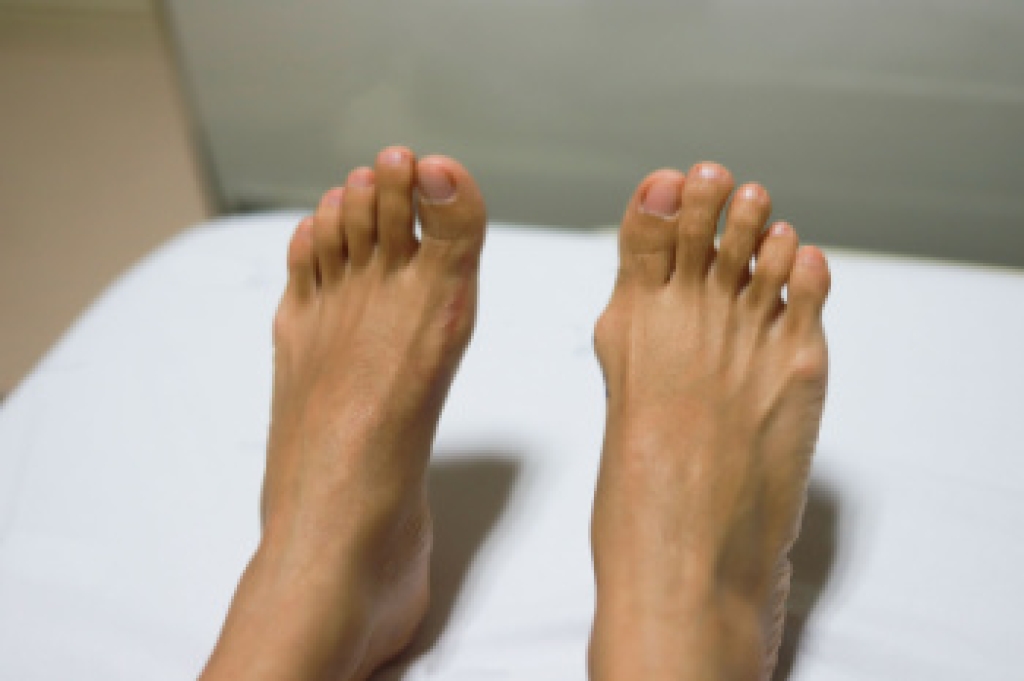
Arthritis, encompassing various inflammatory conditions, can contribute to bunion formation, affecting the feet in distinct ways. A bunion, characterized by a bony protrusion at the base of the big toe, often results from joint misalignment. Types of arthritis such as rheumatoid arthritis, osteoarthritis, psoriatic arthritis, and gout can all play a role in its development. Rheumatoid arthritis induces joint damage and inflammation, leading to joint instability and eventual bunion formation. Osteoarthritis contributes by wearing down cartilage, promoting joint misalignment. Psoriatic arthritis, a condition linked to psoriasis, can also cause bunion formation, often accompanied by inflammation in toes. Additionally, gout, characterized by sudden, intense joint pain, commonly targets the big toe joint, potentially leading to bunion development. A podiatrist's involvement is important in managing arthritis-related bunions. They can provide personalized treatment plans, including pain management strategies, footwear recommendations, custom orthotic devices, and surgical options if necessary, ensuring optimal foot health and mobility. If you have a painful bunion, it is suggested that you schedule an appointment with a podiatrist who can help you to manage this and other arthritis-related foot conditions.
If you are suffering from bunions, contact one of our podiatrists of Foot & Ankle Centers of Charlotte County . Our doctors can provide the care you need to keep you pain-free and on your feet.
What Is a Bunion?
A bunion is formed of swollen tissue or an enlargement of boney growth, usually located at the base joint of the toe that connects to the foot. The swelling occurs due to the bones in the big toe shifting inward, which impacts the other toes of the foot. This causes the area around the base of the big toe to become inflamed and painful.
Why Do Bunions Form?
Genetics – Susceptibility to bunions are often hereditary
Stress on the feet – Poorly fitted and uncomfortable footwear that places stress on feet, such as heels, can worsen existing bunions
How Are Bunions Diagnosed?
Doctors often perform two tests – blood tests and x-rays – when trying to diagnose bunions, especially in the early stages of development. Blood tests help determine if the foot pain is being caused by something else, such as arthritis, while x-rays provide a clear picture of your bone structure to your doctor.
How Are Bunions Treated?
- Refrain from wearing heels or similar shoes that cause discomfort
- Select wider shoes that can provide more comfort and reduce pain
- Anti-inflammatory and pain management drugs
- Orthotics or foot inserts
- Surgery
If you have any questions, please feel free to contact our offices located in Punta Gorda and Port Charlotte, FL . We offer the newest diagnostic and treatment technologies for all your foot care needs.
